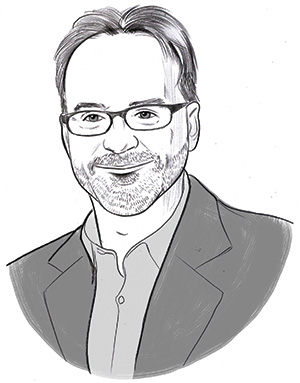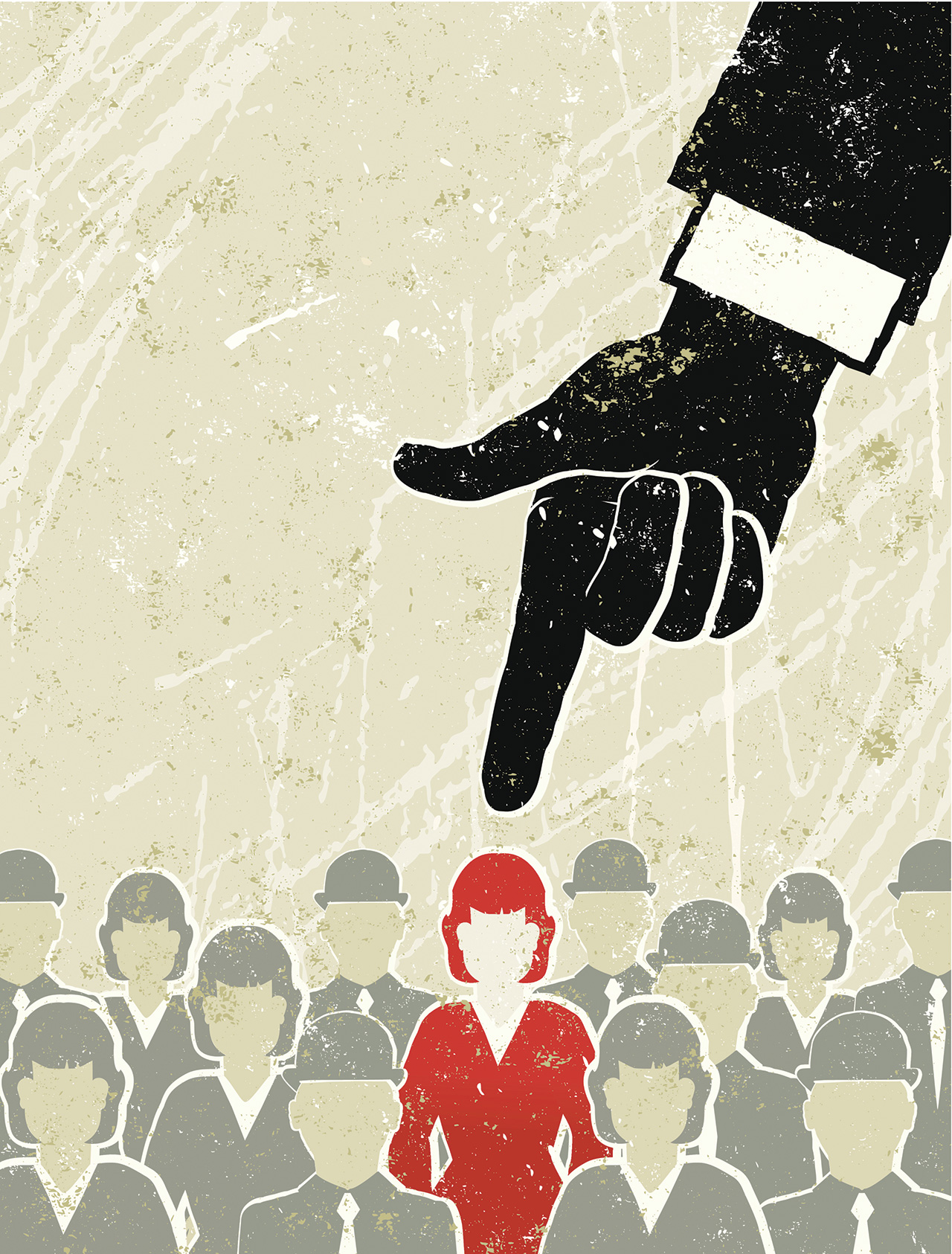Inspiration meets innovation at Brandweek, the ultimate marketing experience. Join industry luminaries, rising talent and strategic experts in Phoenix, Arizona this September 23–26 to assess challenges, develop solutions and create new pathways for growth. Register early to save.
"A person isn't who they are during the last conversation you had with them—they're who they've been throughout your whole relationship." —Rainer Maria Rilke
The 20th century economy was all about mass. Mass production, mass media, mass consumption, mass transit. In contrast, the 21st century is focused on the individual. Consumers want a newsfeed with their self-curated stories, their personal queue of content, a private driver via an app. It's the "me" generation, without the hippies.

Scott McCorkle,
And for decades, marketers have focused on audience segmentation —segmenting people into groups based on demographics and behavior to deliver more targeted communications. Today, we are quickly moving from mass media to personalized media, which means audience segments are refined and refined until they reach one. It's what I'm calling Marketing's Law of One.
Marketers know that every individual interaction with a person matters. According to Gartner, 89 percent of companies plan to compete primarily on the basis of customer experience by 2016—the sum of those experiences is your brand. However, the internal divisions formed at companies between departments such as customer service and marketing create forks in the brand journey for your customer. People today expect a personalized experience from the companies they do business with, and it takes two, both the brand and the customer, to make the Law of One work.
Whether it's at the start of a customer experience with generating awareness or the infinite feedback loop of engagement and advocacy, here are some examples of transforming the interaction with their customers and putting Marketing's Law of One into real-world action.
Netflix and your personal content queue. Netflix didn't just blow up Blockbuster; it totally transformed how each one of its customers thinks about discovering and watching video—video content I know I like and want, suggestions for new content, and the ability to watch my own must-see TV whenever and wherever I desire. Every day is an opening weekend or television premiere for someone, somewhere.
Facebook is your personal news feed. Facebook is the ultimate expression of me: what I'm doing, who l like, where I've been, my pictures, content I think is interesting. Facebook's mission is to make the world more open and connected, and almost a billion people use it each day. My Facebook feed is not just how I present my digital self to the world, but how I interact with people and brands I want to invite into my room. As open as Facebook is, there is an intimacy to the relationships that rises to the top (based on algorithms of what you like, comment on and share).
Disney makes the park personal for just you. When your tagline is "The happiest place on earth," there's not much room for disappointment. When you enter the Magic Kingdom, you become part of Disney's vision while it continues its decades-long track record of incredible innovation. Disney has created a way to make the park experience both personal and collective with its MagicBand technology. It strips away any of the perceived hassle of the park (long lines, using cash/credit cards, becoming separated from your group) and lets each customer personalize his or her visit in advance, unlocking rewards through gamification.
Activision makes gaming for the individual. The company behind best-selling games like Call of Duty makes it easy for gamers to personalize their experience by being able to customize the game to their own preference and connect with other players. Activision also views their customer service operations as a chance to get closer to the gaming community.
The company can easily track and monitor all relevant tweets and conversations on social media, with the goal of increasing player engagement. This dialogue is matched back to individual customers for follow-up with personalized recommendations and resolutions. Activision has found that delivering personalized customer service in social channels is less than half the cost of traditional phone and chat support.
Looking forward, here's what brands and agencies must have a grip on to get down to 1:1 business:
Scale: It may seem like an oxymoron that the Law of One needs scale, but without personalized content to reach individuals, your precision marketing doesn't stick. Create processes that allow you to align multiple sets of personalized creative content with various trigger points so you can deliver the true impact of 1:1.
Big data: You'll need data from the back end (like behavioral data from websites) and customer-facing channels (like social, forms and surveys) to reach new heights of personalization. Set your tech plans in motion now.
Cross-channel integration: From desktop to mobile to retail, every channel should be informed by what you know about every customer. They shouldn't have to explain the same issue to you on email that they just voiced over the phone. Integrate channels for a happier and more loyal customer.
Today's fast-evolving marketing landscape can make even the most experienced marketers feel a bit out of step. Even with so many new media platforms sprouting up every day, don't forget that the established digital channels—your website, personalized digital ads, apps, large social networks—all still work.
It's time to invite marketing to sales and service to meet and settle on a plan to enact the Law of One—for every customer.
Scott McCorkle (@smccorkle) is CEO of Marketing Cloud, Salesforce.
This story first appeared in the Sept. 14 issue of Adweek magazine. Click here to subscribe.








